When we think of big cats, the majestic lion, sleek leopard, and powerful tiger typically come to mind. However, the feline family is more diverse than most people realize, with several lesser-known big cat species roaming the wild. These enigmatic creatures hold significant ecological roles and face varying degrees of endangerment. Let us delve into five of these fascinating big cat species you may not have heard of, exploring their habitats, behaviors, and conservation statuses.
Caracal: The Desert Lynx
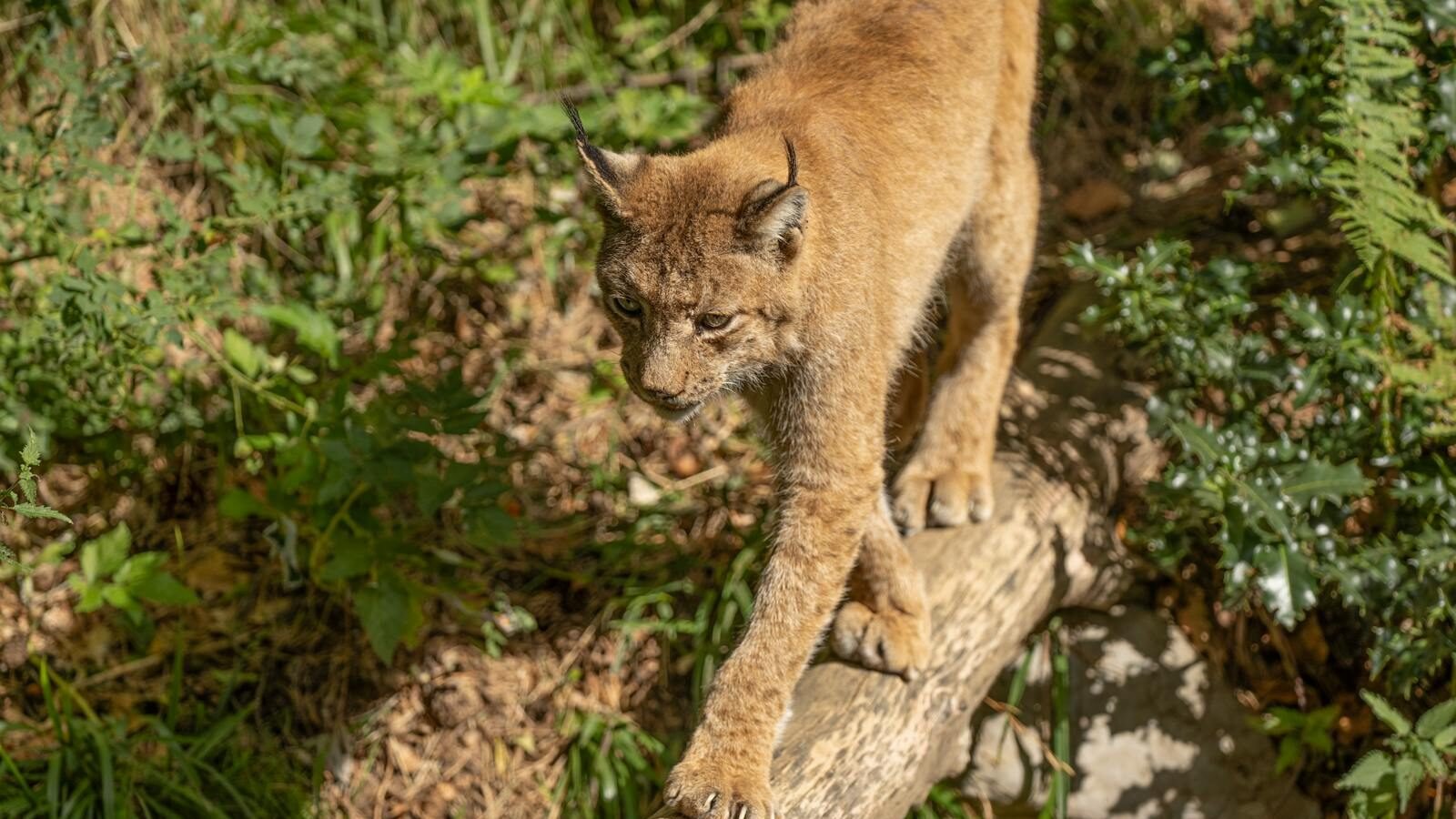
Photo by Miguel Cuenca via Pexels
Often referred to as the “desert lynx,” the caracal is a striking wild feline characterized by its long, tufted ears and sleek, reddish-gold coat. Despite its visual similarity to lynxes, caracals are more closely related to African golden cats and servals. These medium-sized cats are found primarily in Africa but also inhabit parts of the Middle East and Central Asia.
Habitat and Distribution of the Caracal
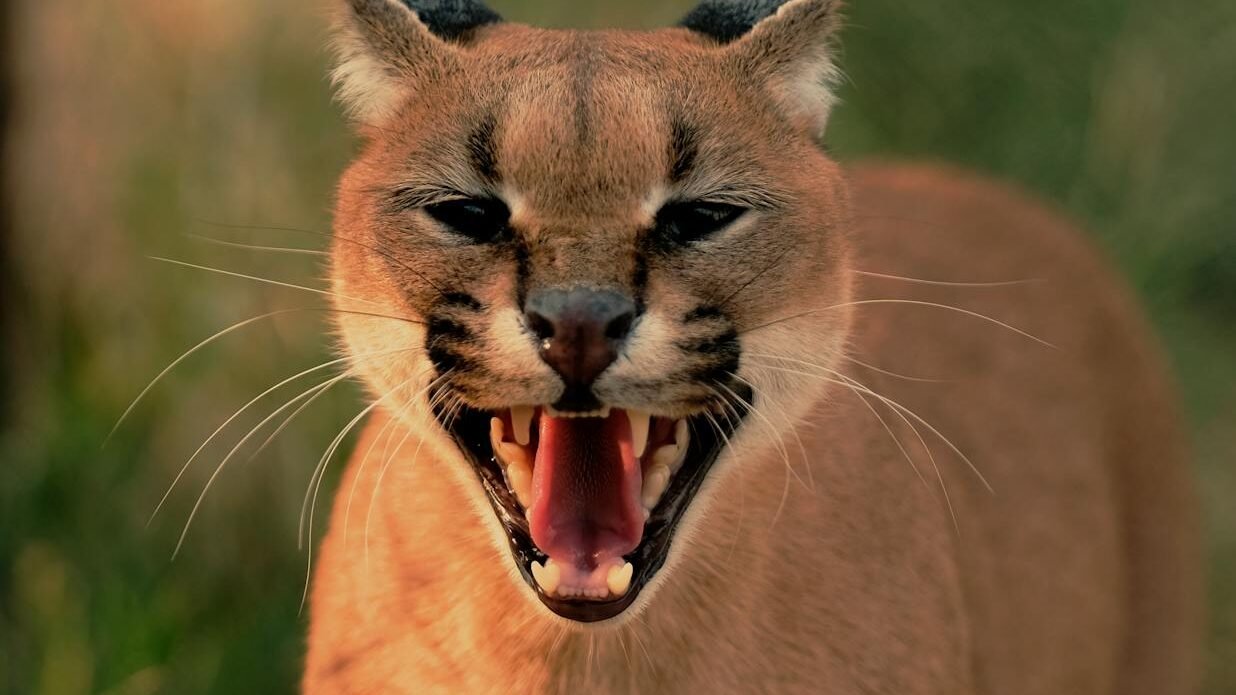
Photo by BOBBY VD MERWE via Pexels
Caracals thrive in a variety of habitats ranging from dry savannas and semi-deserts to scrubby woodlands. Their adaptability allows them to occupy diverse environments across their range. Africa boasts the highest caracal populations, particularly in South Africa, Namibia, and Botswana, while smaller populations reside in India and the Middle Eastern deserts.
Behavior and Diet of the Caracal
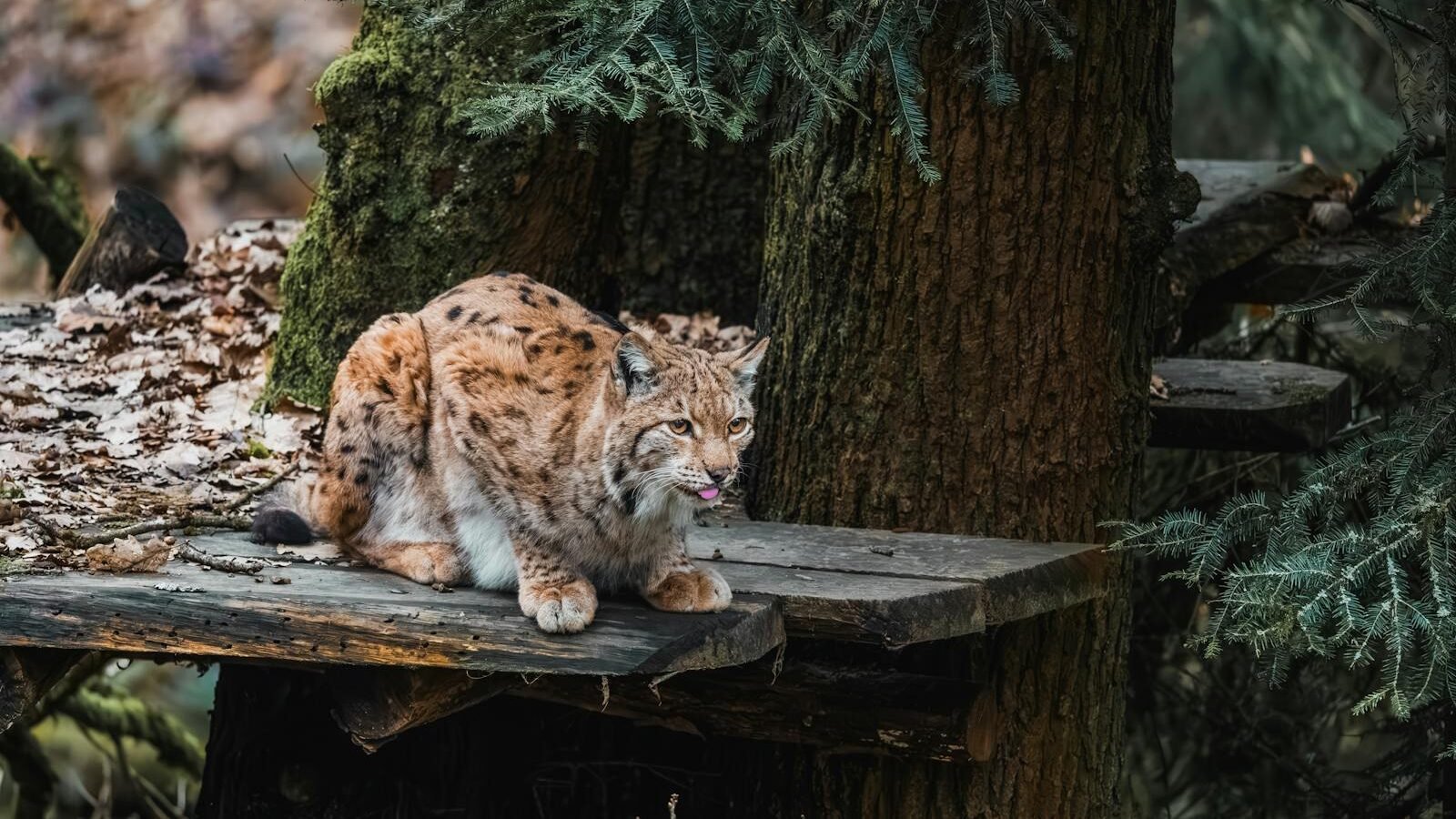
Photo by Matej Bizjak via Pexels
Known for their incredible leaping ability, caracals can jump up to 3 meters (approximately 10 feet) to catch airborne prey. They are solitary hunters, primarily feeding on birds, small mammals, and occasionally larger prey like antelopes. These nocturnal predators are highly territorial, marking their areas with scent to ward off competitors.
The Jungle Cat: Egypt’s Forgotten Feline
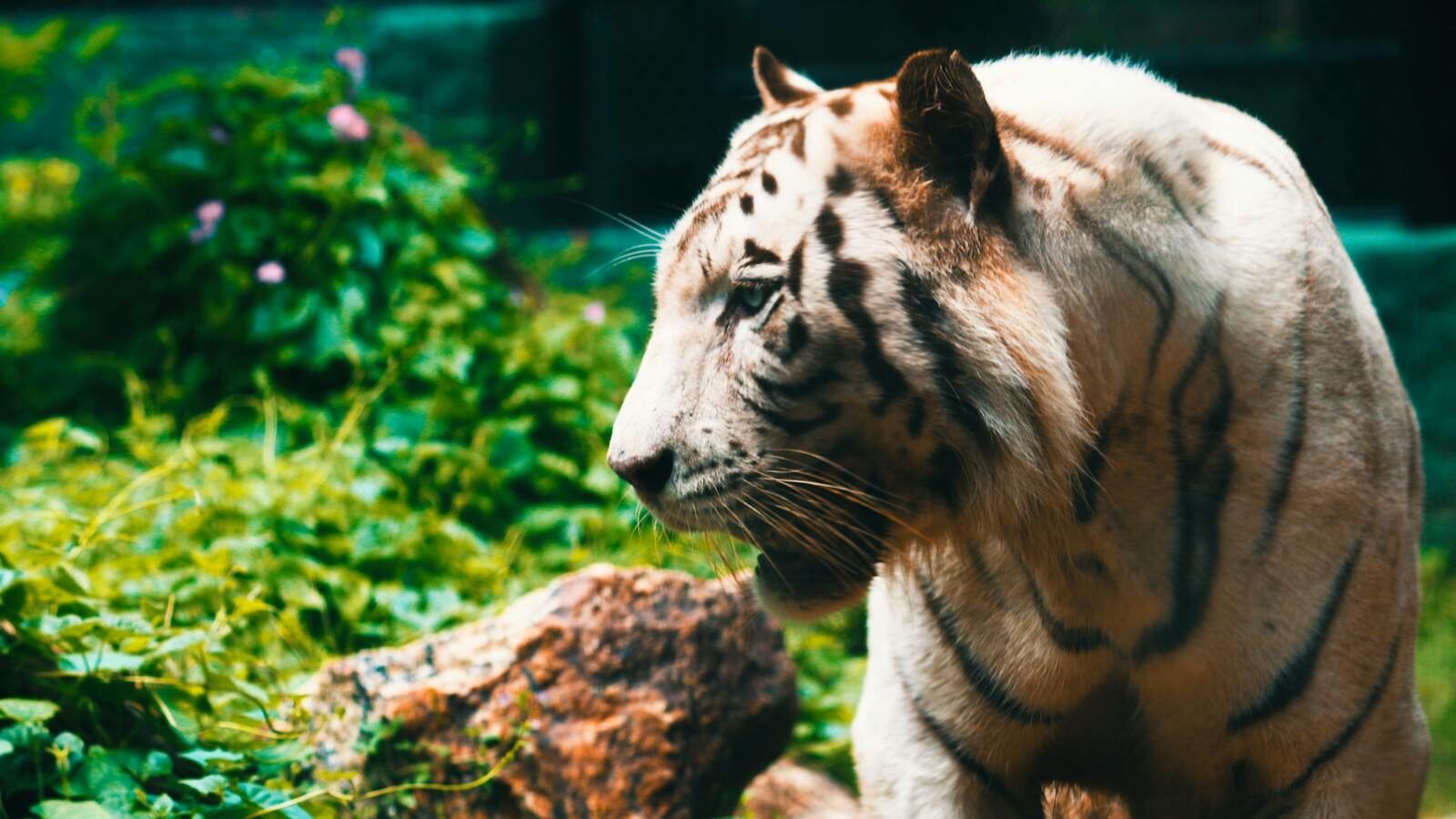
Photo by sk via Pexels
The jungle cat, a wild feline of moderate size, inhabits a wide range from Egypt to Southeast Asia. Sporting a sandy or reddish-brown coat with barely visible markings, jungle cats resemble domestic cats but with larger ears and longer legs. Historically abundant, they have become increasingly rare due to habitat loss.
Where to Spot Jungle Cats
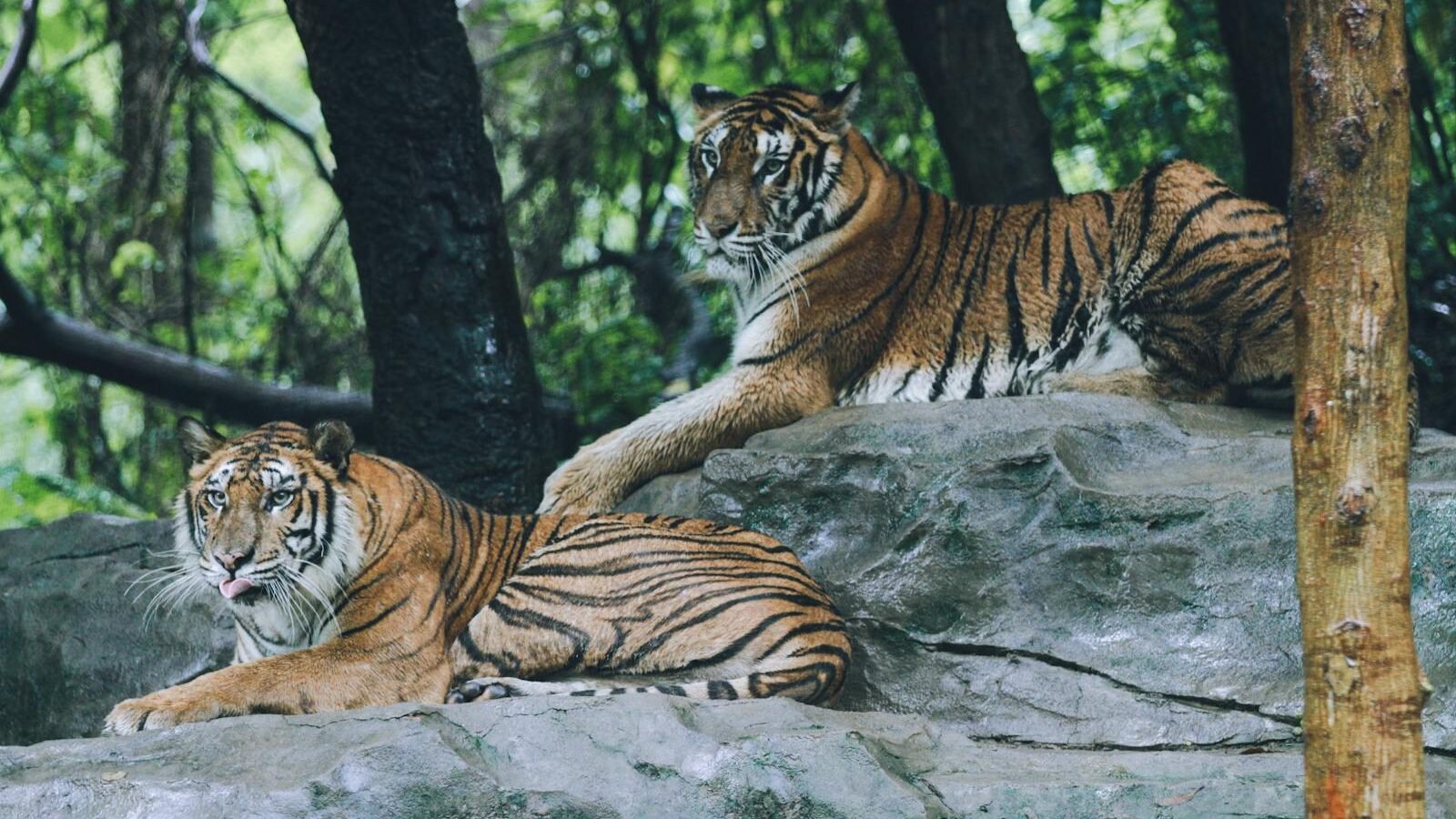
Jungle cats prefer dense cover such as reed beds, marshes, and other areas close to water bodies. They are often found near rivers and along the margins of jungles in some regions. In other habitats, they adapt to open grasslands and cultivated areas with sufficient prey availability.
Pallas’ Cat: The Fluffy Solitaire
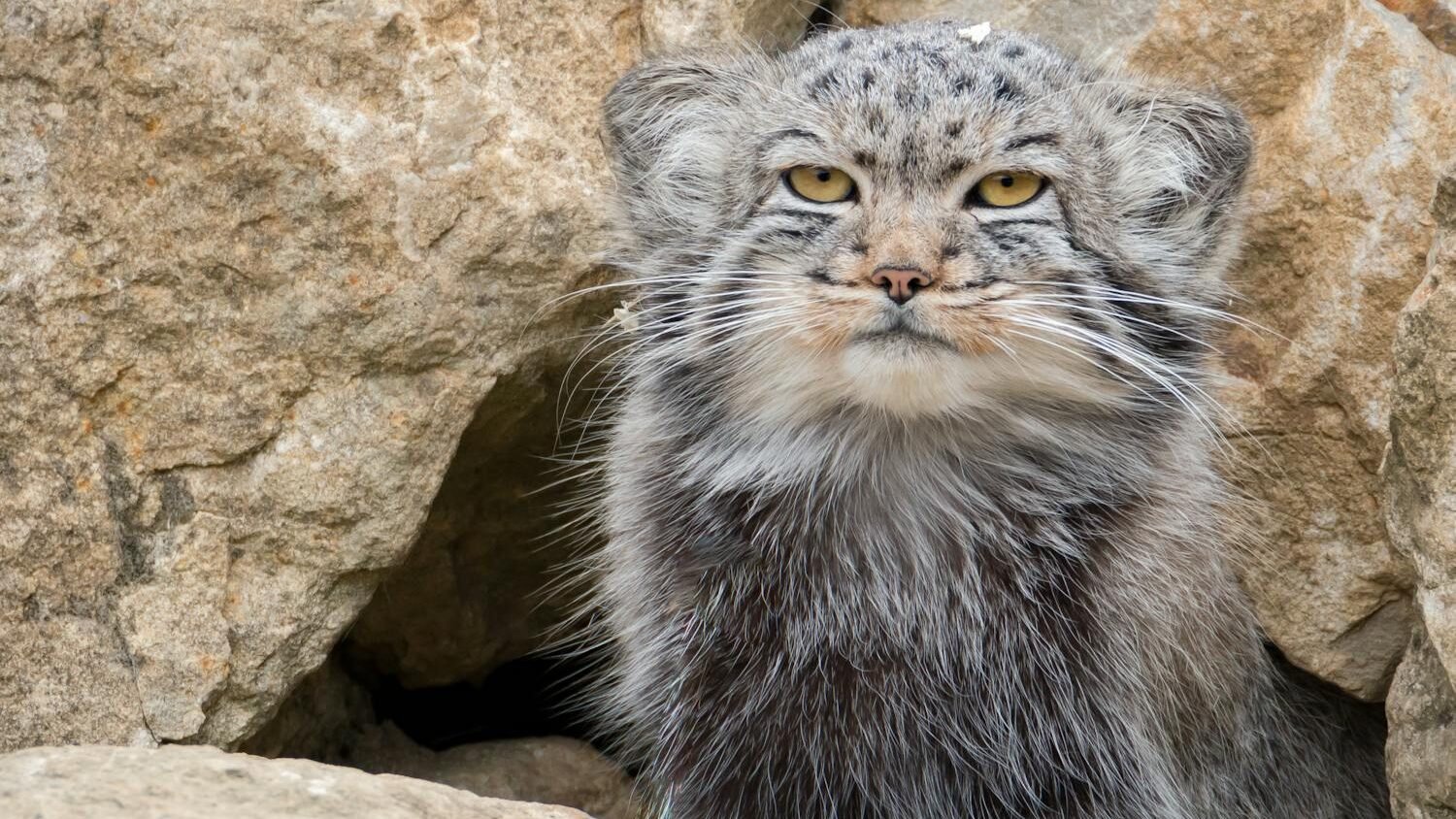
Photo by Radovan Zierik via Pexels
Pallas’ cat, or manul, is an extraordinary small wildcat native to the high-altitude steppes and grasslands of Central Asia. With its long, dense fur and expressive flattened face, the manul appears larger and fluffier than other cats its size. Its unique appearance contributes to its popularity despite its elusive nature.
Habitat Preference of Pallas’ Cat

Photo by Vind via Pexels
Thriving in cold, arid environments, Pallas’ cats are usually found in Mongolia, China, Russia, and parts of Iran. The harsh, open landscapes they inhabit provide both the challenges of extreme weather and the solitude these solitary cats favor. Their adaptation to such environments includes a thick coat and a low metabolism rate.
Chinese Mountain Cat: The Ghost of the Highlands
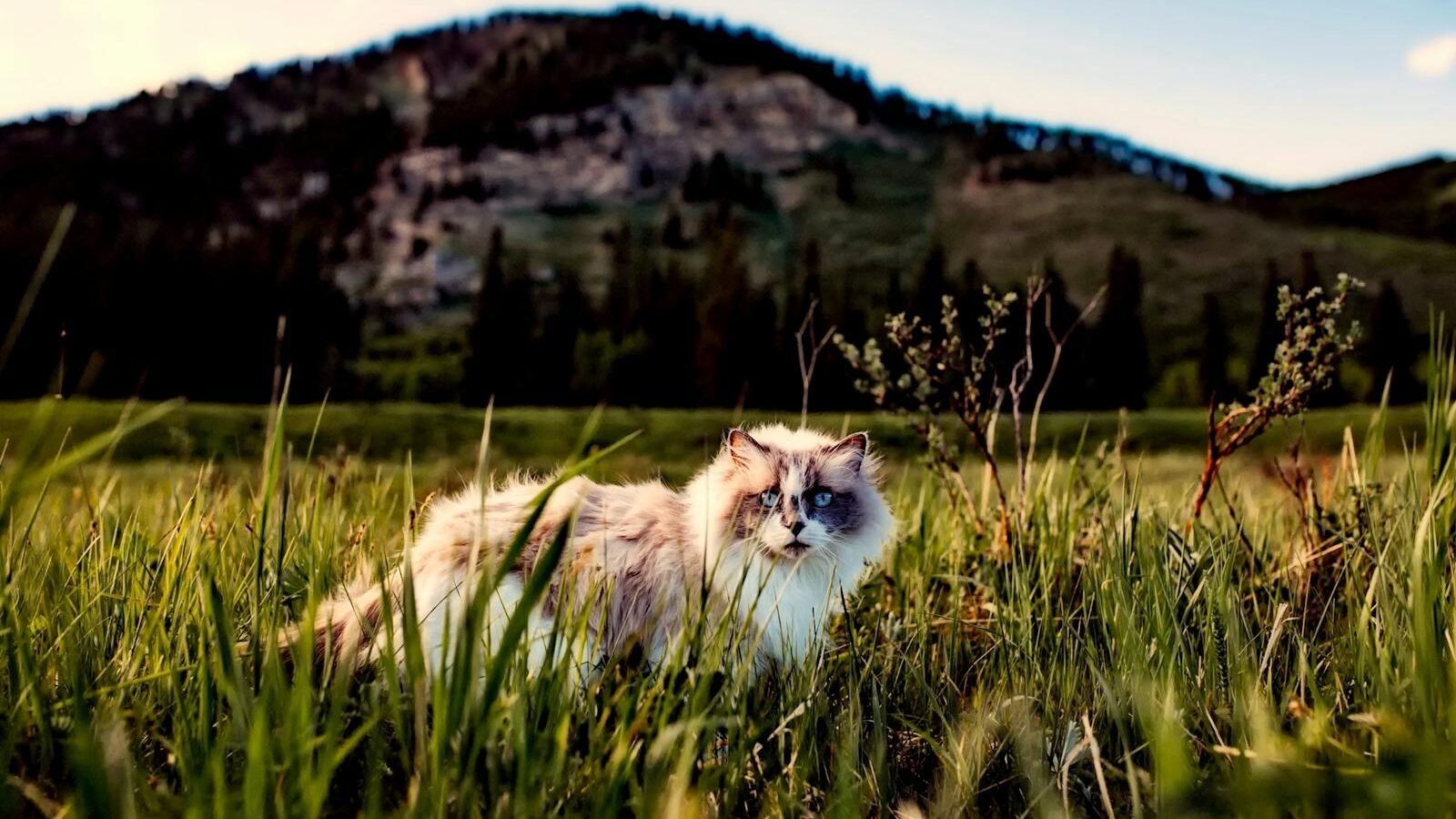
Photo by Pixabay via Pexels
The Chinese mountain cat, endemic to mountainous regions of western China, remains one of the least understood wildcats due to its elusive nature and limited range. Notably characterized by its pale sandy coat and a unique facial pattern, this species is often considered the ghostly inhabitant of the Tibetan highland regions.
Behavioral Traits and Conservation of the Chinese Mountain Cat

Photo by Faheem Ahamad via Pexels
Primarily nocturnal and elusive, the Chinese mountain cat is seldom observed in the wild. Its range overlaps with human settlements, where it often preys on rodents, contributing beneficially to local agriculture by controlling pest populations. Despite being classified as a vulnerable species, it faces threats from habitat alteration and rodent poisoning.
Clouded Leopard: The Arboreal Acrobat
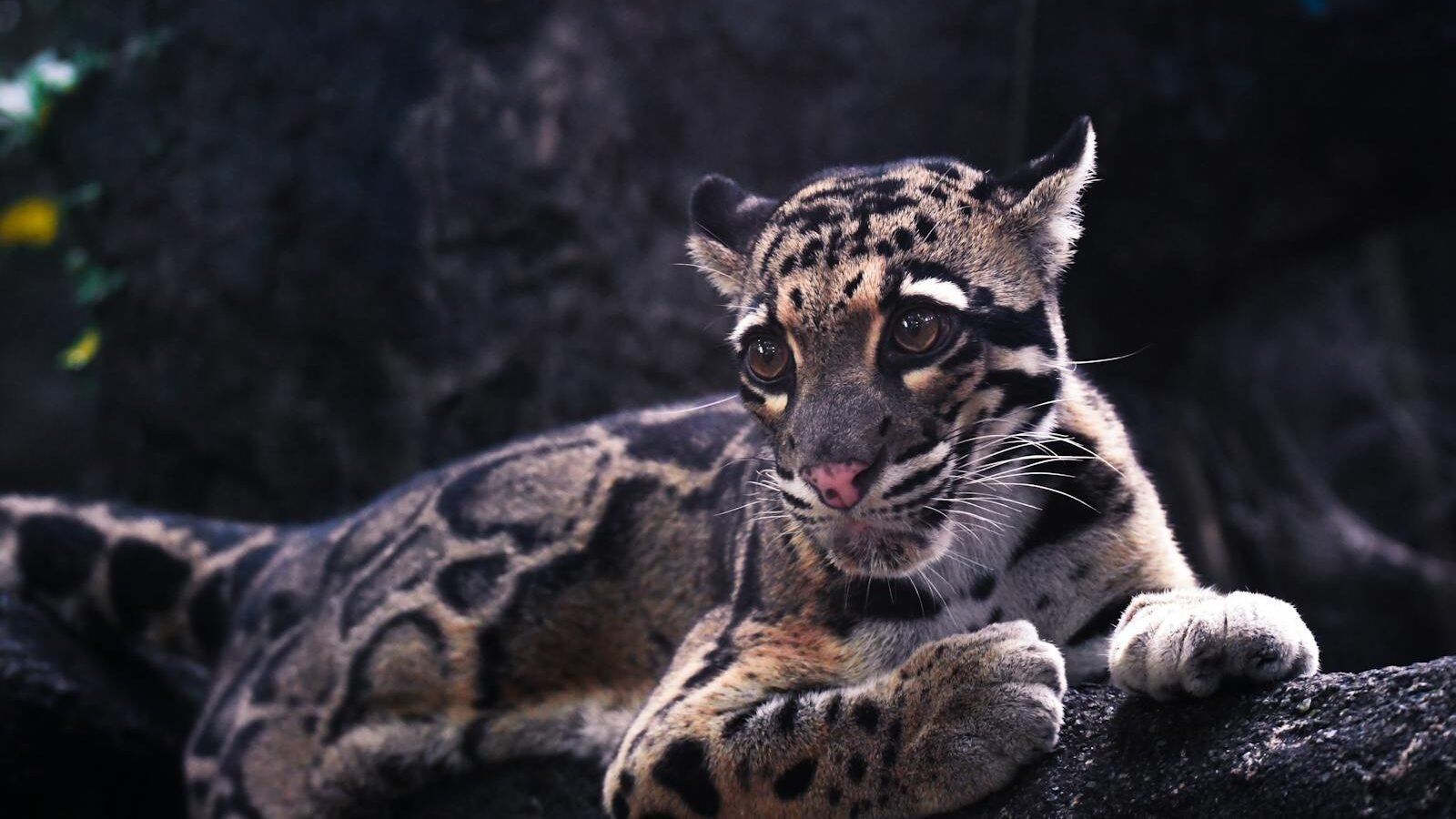
Photo by Ludwig Kwan via Pexels
The clouded leopard, which inhabits dense forests of Southeast Asia, is renowned for its remarkable arboreal skills. With its long tail and large paws, it navigates trees effortlessly. This medium-sized cat, characterized by its striking cloud-like markings, is a vital component of tropical forest ecosystems.
Where to Encounter Clouded Leopards
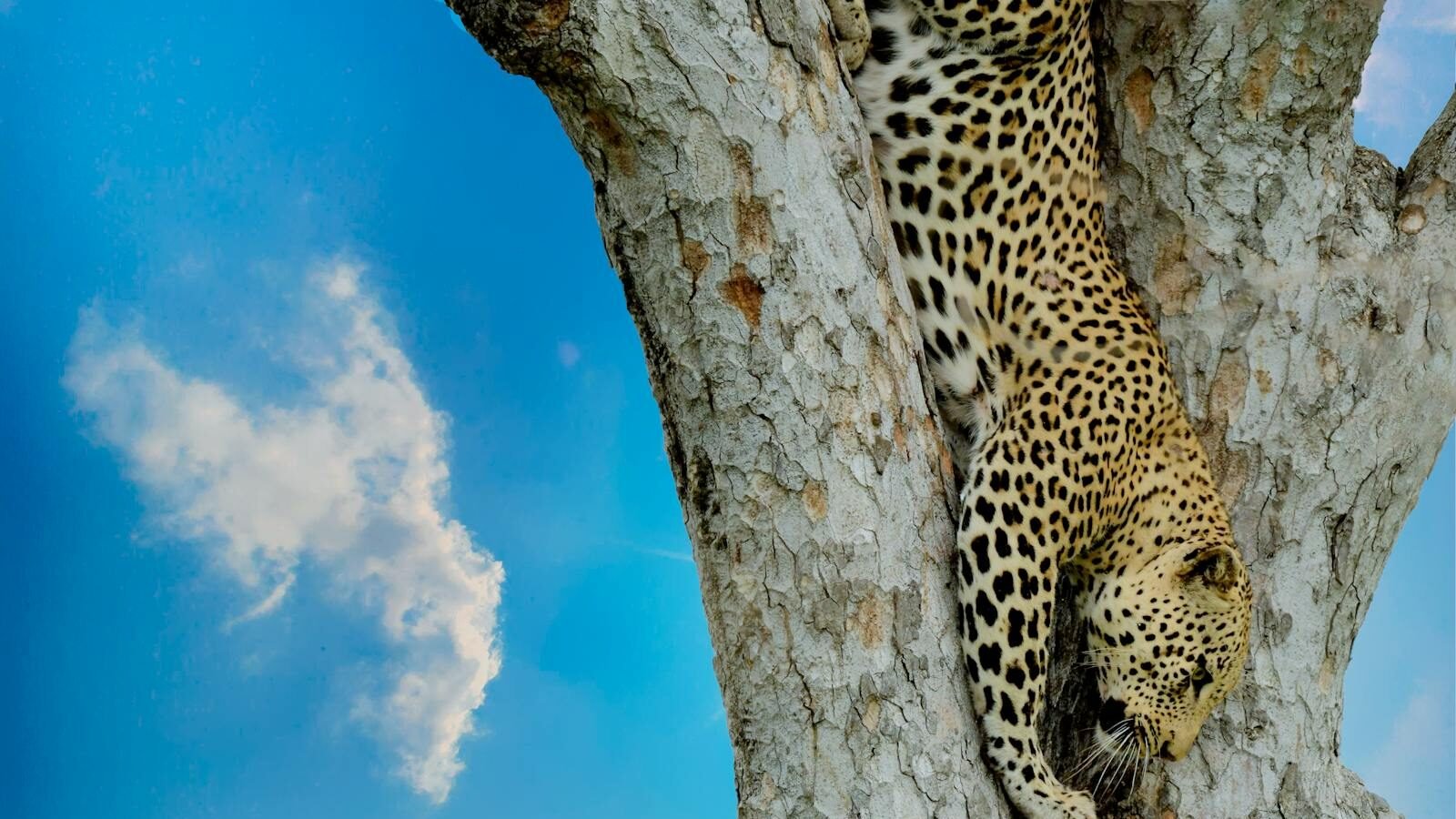
Photo by Frans van Heerden via Pexels
Clouded leopards are spread across the forests of the Himalayan foothills through mainland Southeast Asia to southern China. They favor primary evergreen forests but are also found in logged areas and secondary forests, demonstrating some resilience to habitat modification. Nonetheless, deforestation remains a significant threat to their survival.
Conclusion
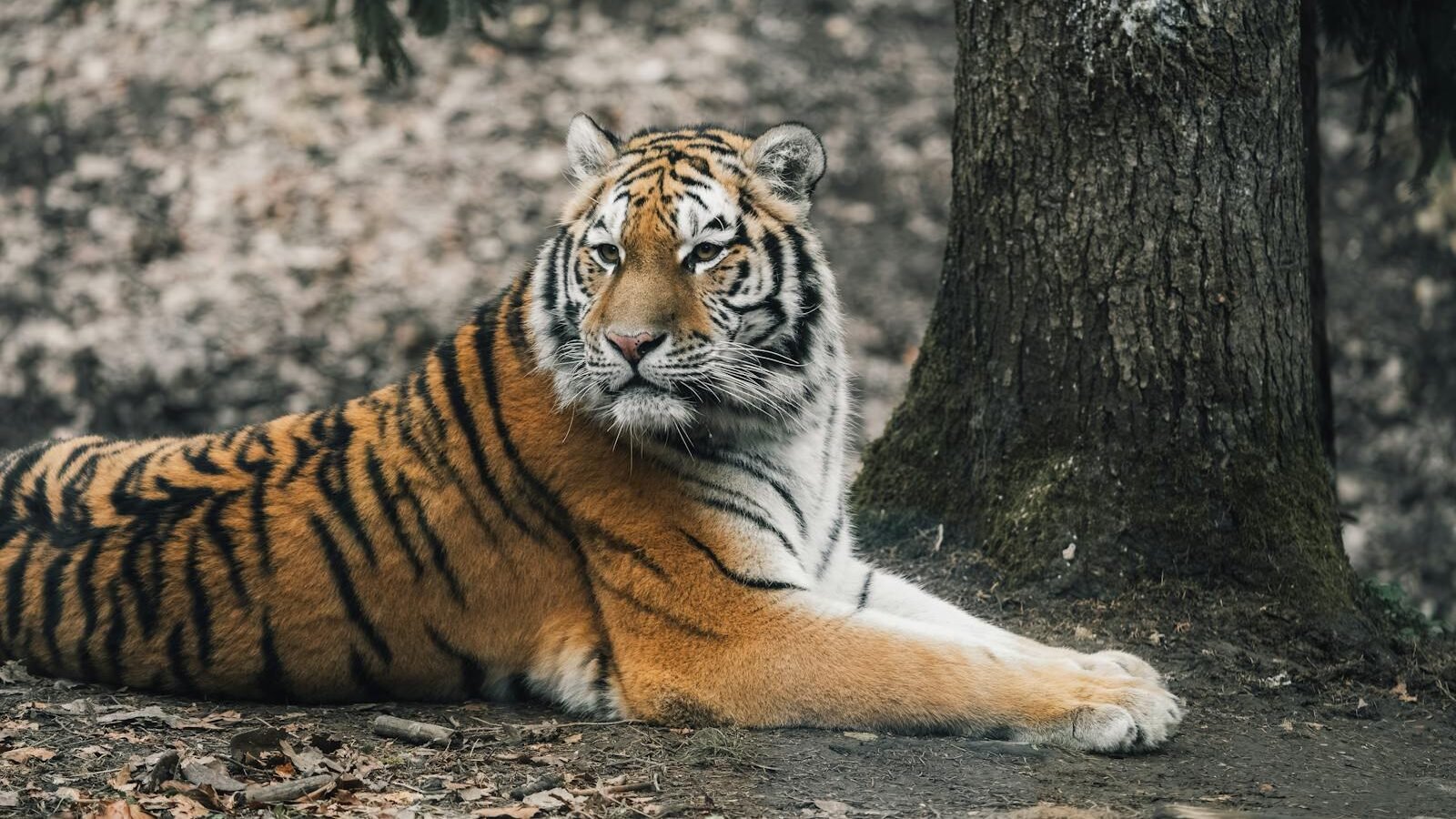
Photo by Matej Bizjak via Pexels
These lesser-known big cats contribute significantly to their ecosystems and represent the rich biodiversity of the planet. While each species exhibits unique adaptations and behaviors, they commonly face challenges such as habitat loss, poaching, and human-wildlife conflict. Protecting these enigmatic creatures requires diligent conservation efforts and increased public awareness of their existence and ecological importance. By learning about and advocating for these remarkable cats, we can help ensure their survival for generations to come.

With over a decade of experience as a dedicated cat lover and enthusiast, I specialize in writing captivating content about all things feline. My expertise shines through in creating engaging and informative pieces that resonate with fellow cat lovers. As a proud cat parent to my beloved Duston, my personal connection to the world of cats adds authenticity and warmth to my work, making it relatable and heartfelt.






